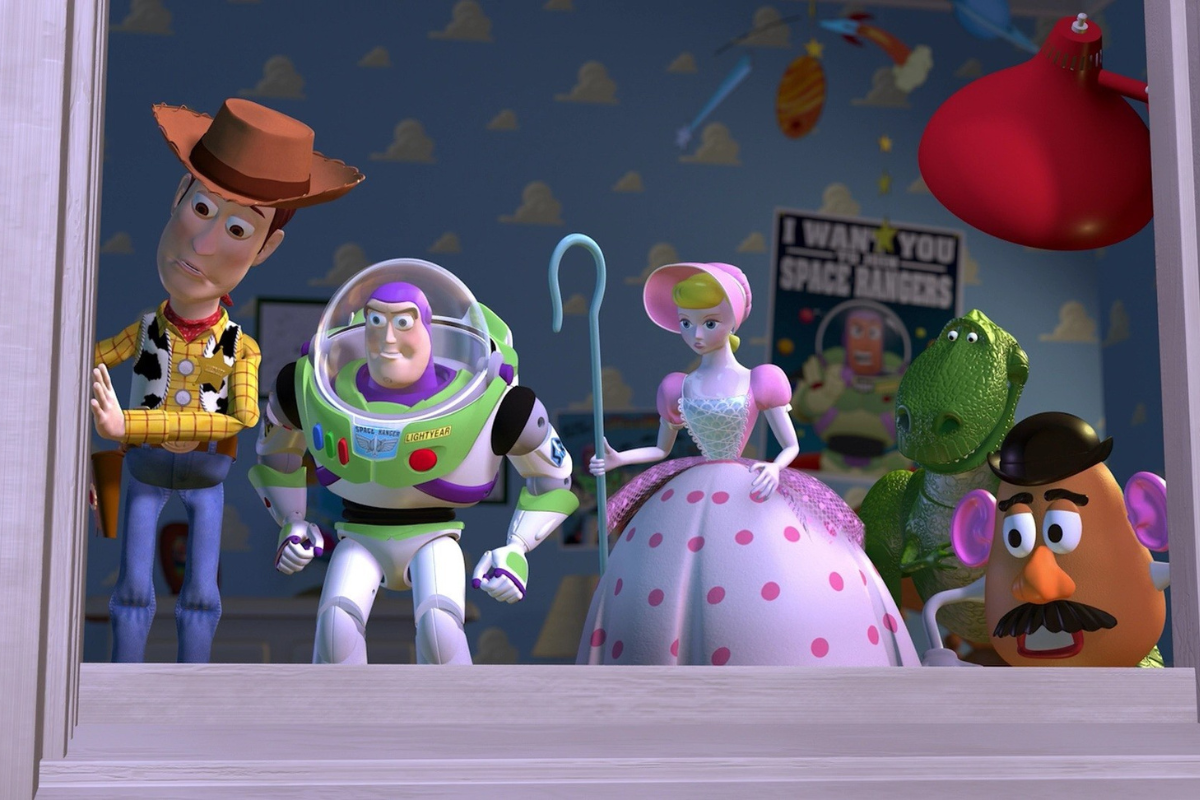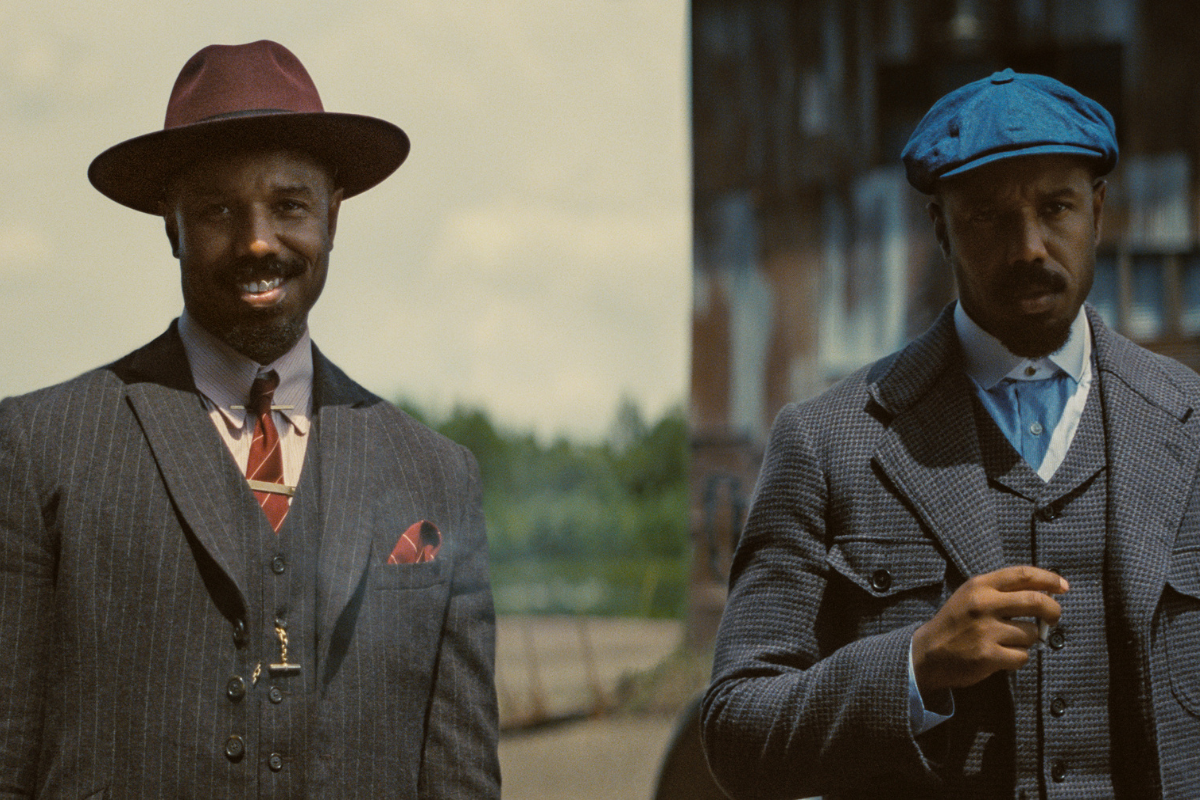Alt Script: Tell The Story, Tell The Story, TELL THE STORY!
It’s All About Questions and Answers The film starts. You sit there. The first shot of the film tells you something. Usually it tells you what kind of world you…
It’s All About Questions and Answers
The film starts. You sit there. The first shot of the film tells you something. Usually it tells you what kind of world you have entered. Take, for instance the opening shot of Star Wars: Space, a planet, a larger planet… into the frame streaks a small spaceship, under fire. Then a larger spaceship dominates the frame. This is the aggressor. The big ship chases the small ship.
These opening moments of the film contain massive amounts of information for the audience. Information that backs up the expectations they got from the title of the movie. The film is called Star Wars, and here we are, right at the start of the film with a big spaceship chasing and firing upon a smaller one. Somebody on that ship is having a dreadful day… and, someone on the bigger ship is motivated to chase them down.
As well as giving lots of information, these opening seconds also raise a lot of questions: Who are they chasing? Why are they chasing them? Who are the good guys, who are the bad guys? An audience familiar with movie conventions are already starting to make educated guesses. In the movies good guys tend to be the little guy in conflict with the larger, more powerful oppressor. Therefore, there is a very good chance that the little ship contains the good guys and the big ship the bad. In this story their guess is right, which will make them feel comfortable. If instead it had been the other way round, the audience would have been given a little thrill of uncertainty. Either way, you win.
We are talking about ten seconds of film here. One sixth of a page of script. And yet, within that one sixth of a page of script, the audience’s journey through the story has started to take shape. This is because the audience’s journey through a film is actually a series of questions posed and answers given to those questions. Each shot both provides answers to previous questions, and at the same time poses new questions. In a well-crafted story the audience are drawn along by their curiosity.
For most scriptwriters, this way of understanding story telling may feel wrong or just plain weird, because we’re not talking about characters, their journey’s, or structure. Discussing: characters, structure and character’s journeys is the way most screenwriters talk about story. It is also the way most producer, agents, script editors and directors want to dialogue with writers. However, the problem with only talking about: characters, character’s journey’s and structure is, that narrow way of understand what a film story is, divorces the writing from the experience of the audience. You can’t talk about the nuances of what the audience is experiencing cinematically, if you insist on seeing story as something that exists separate from the audience. My personal opinion is that as screenwriters we need to stop playing that game, and to realise that story exists, not in the protagonist’s journey, but in the audience’s journey through the film.
The Audience’s Journey
As I stated at start of this piece, for the audience the film unfolds shot by shot. Each shot provides them with new pieces of information, and at the same time poses new questions. If you get the audience asking questions, then they automatically engage with the story. If there are no questions, or they don’t care about the answers, then they won’t. In a very real sense, every single shot is an opportunity to either engage the audience in the story or to lose them.
One way for a screenwriter to view each individual shot in the storytelling process, is to see each shot as a single beat of the story. (And, yes, I do realise that my use of the word beat is controversial, and that it means something different in conventional screenwriting theory!). In this approach every beat must provide new information, and draw the audience deeper into the story by providing questions. Some of the questions are paid off immediately… so, two shots may convey the following: 1 - “Who’s behind the door?!” 2 - “Don’t panic! It’s the cat.” Some beats are paid off later in the film: 1 - “Why is there a pointy spike on the wall?” 2 - “So the bad guy can be impaled on it during the big fight.”
Once you get to grips with this ideal, it is an incredibly useful way for a writer to view a script, simply because just by taking on the perspective of the audience’s journey through the story, it is now possible to discuss the pacing of the script in relationship to the interval of the beats. For editors a conventional way to increase the pace of a sequence is to increase the frequency of shots per minute. More beats = more pace. Fewer beats = slower pace. The relationship between the pace of the cutting and the rapid change of the audience’s point of view is very basic knowledge for directors and editors. And yet, writers rarely look at their scripts in this way. Which, coincidently, is why the ability for a screenwriter to control pacing effectively is so very rare in the industry.
Writing in Shots/Beats without Breaking the Rules (too much)
Spec screenwriters are actively discouraged from seeing their scripts as a series of shots. In fact, they are explicitly told “DO NOT WRITE IN SHOTS.” They are told this because directors need to feel they have creative input into the creation of the story, and this relationship of story->audience via shot choices, is their job. It is. Let’s be clear about this. It’s very important that directors get to pick how they will shoot the film. They should be deciding what lens they want, how tight they want the shot to be, where the camera is placed. How the scene is blocked. All of that cool director stuff should be remain with the director. I want them to be able to decide those things, unmolested by the writer’s vision. However, with that said, when writers over-delegate the visual storytelling, they also run the risk of losing the connection between audience and the story. And, when I say story, I mean specifically the audience’s experience of the story. I see this all the time in scripts. Stories that have become lost in the internal world of the protagonist and which don’t even make it off the page, let alone off the screen.
So, given that screenwriters “shouldn’t” write shots and, at the same time, failure to control the flow of the story to the audience is dangerous, what should writers do?
Well, there is a way to approach scripts which allows both directorial freedom and for the writer to take back control of the storytelling.
Basically, the formula is:
One Beat = One Shot = One paragraph
What this means to the writer is that they must start by breaking each scene into a series of visual or information beats. And that each key point of information (beat) needs its own, brief, paragraph. The touchstone for each beat are the two simple questions:
- What does the audience need to know next?
- What is the best way to give them that information
When you do this, it forces you as a writer to get your head out of the protagonist’s inner life, and puts your focus back onto what you are showing to the audience. Ultimately films are only what you show the audience, there isn’t any other place the story can exist.
So, at the start of a film the audience needs to know what kind of world they are entering. The question “what kind of a world does this film take place in?” offers the writer unlimited possibilities. Within traditional screenplay structure, this would be called “setting out the protagonist’s ordinary world, leading to the inciting incident by page ten.” However, this isn’t a structural approach and we’re not talking about the first ten pages, we are talking about the first ten seconds.
This way of writing from information beat to the next, I call visual beat screenwriting.
Visual beat screenwriting - Seconds not Pages
Visual beat screenwriting isn’t about the macrocosm of character arcs, it is about the microcosm of the next ten, five, two seconds. Mentally the writer breaks the first page of the script (60 secs), into six or more sections. Each of those sections represents both a beat and approximately ten seconds of film time. Each of those parcels of story information need to be conveyed in one paragraph, using a mixture of description, action and dialogue. The important thing is to know what you need to convey, to understand what the audience need to know next and then to use the language of cinema to best get that across. You don’t forget your character’s journey or your traditional structure, all you are doing is paying particular attention to way the story is revealed to the audience. For each paragraph you ask yourself whether you have conveyed what was needed in these few seconds, and also what questions this revelation should throw up.
Obviously, if you intend to throw your audience into a faster paced opening, then the number of beats increase. All of which means, in the first page of script, instead of six distinct paragraphs there would be more. Which, obviously, means the paragraphs need to be more succinct. If you understand what I’m suggesting, you can already see that breaking the page into information-beats puts the writer back in control of the script's pace. You need more beats, your writing tightens. If, however, you need to ease off, the paragraphs lengthen and the pace eases off, naturally.
Regardless of the pace issues, the most thing visual beat screenwriting forces you to do is to consider how you are telling the story. Not just in the sense of where you are in the character arc, but more importantly, in terms of what the audience needs to see and hear right now, in this beat, in the next few seconds.
Something To Think About
I developed visual beat screenwriting as a technique for myself, simply because as an alt-cinema screenwriter I didn’t need to worry about what directors and producers made of my scripts. This gave me the freedom to wrestle back control of the storytelling from them and put it back where it always should have been all along, in the hands of the writers.
I know, that the lot of people are going to hate what I’m suggesting. I also know from personal experience that some professionals find my style of writing too “directorial.” But, ultimately this article hasn’t been written for people who are worried about what script readers and line producers think. And, at the end of the day, providing you aren’t writing shot lists, such as: “CLOSE UP of Zombie’s head as it explodes” then many directors won’t even notice what you’ve done. In fact, a good director will thank you for the clear visualisation of the movie. If you’ve got both actors, producers and directors all saying “I could see the movie in my head as I read it,” then you’ve done your job.
The truth of the matter is, I am tired of reading scripts that aren’t cinematic. I’m tired of seeing independent movies where all of the story has disappeared into the dialogue. I’m particularly tired of reading scripts where I can’t visualise the movie, based on what appears on the page. Regardless of what the industry may or may not believe, I don’t think that’s good enough.
Let’s face it, there are already loads of disadvantages to making alt-cinema. You are often working with minimal budgets, in a sector where it’s hard to turn a profit. Bearing all that in mind, it is sheer insanity to carry on making movies where there isn’t a specific and intelligent link between the story-telling and what appears on screen. Until writers can start to see the direct link between what goes on the page and what the audience sees/hears, then we can’t even start to talk to about specific techniques to get the story across.
There are a lot of issues structural approaches to screenwriter just can not and will not ever fix. For those issues visual beat screenwriting may help you find the answers you are looking for.
Download Clive's on-demand webinar, Breathing Life into Your Characters: Transform a Cliched Story into an Exceptional Script
DOWNLOAD NOW!
Clive Frayne is a writer with over thirty years experience in broadcast media. After a very successful career running professional writing teams in the radio industry he decided to move into screenwriting. Since then he has written and directed two feature films and half a dozen award-winning short films, and authored the book The Process of Screenwriting. These days he splits his work between writing, script editing and teaching screenwriting. He is a passionate advocate of two things, process-driven screenwriting and independent filmmaking. Follow Clive on Twitter @clivefrayne







